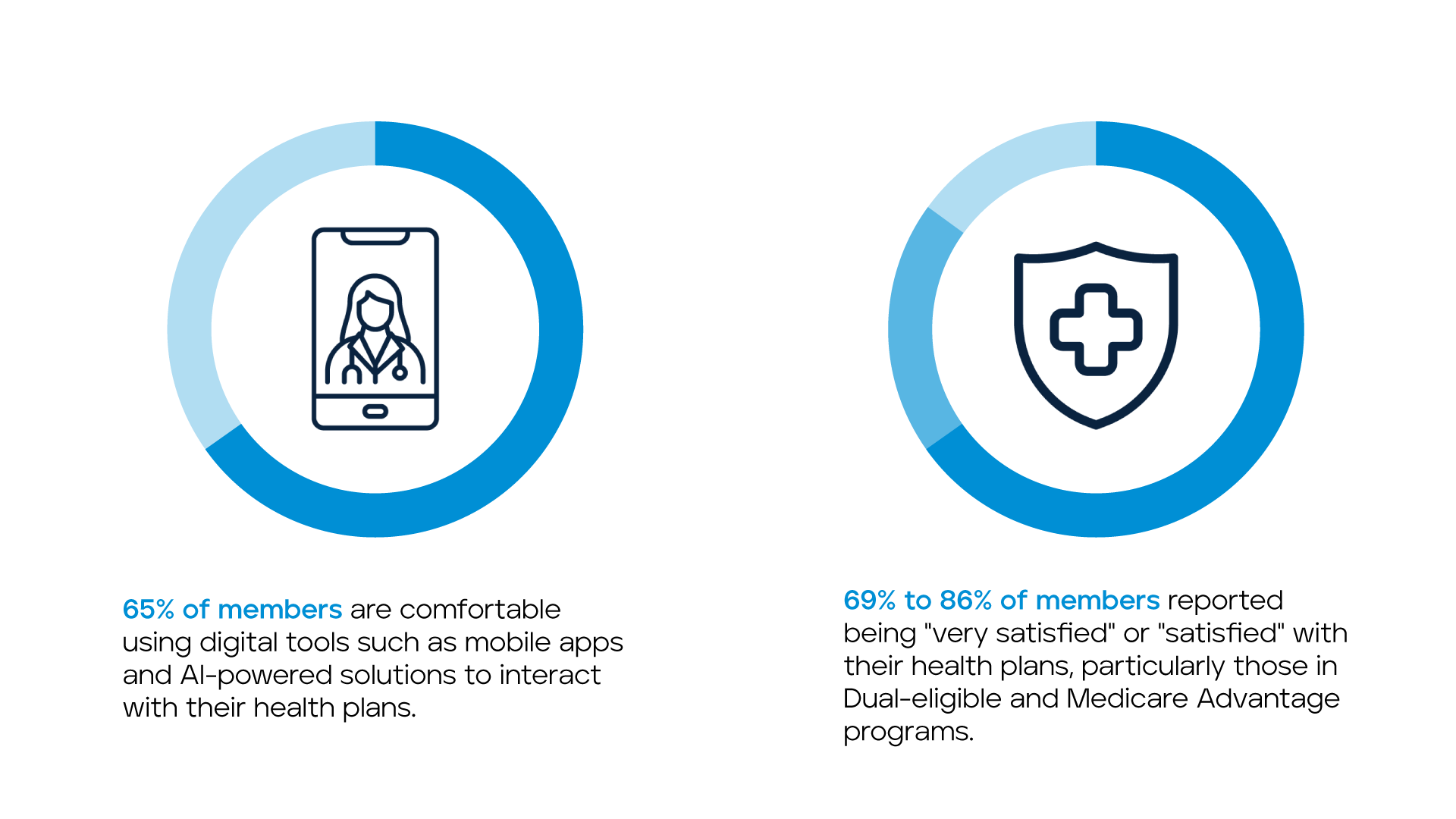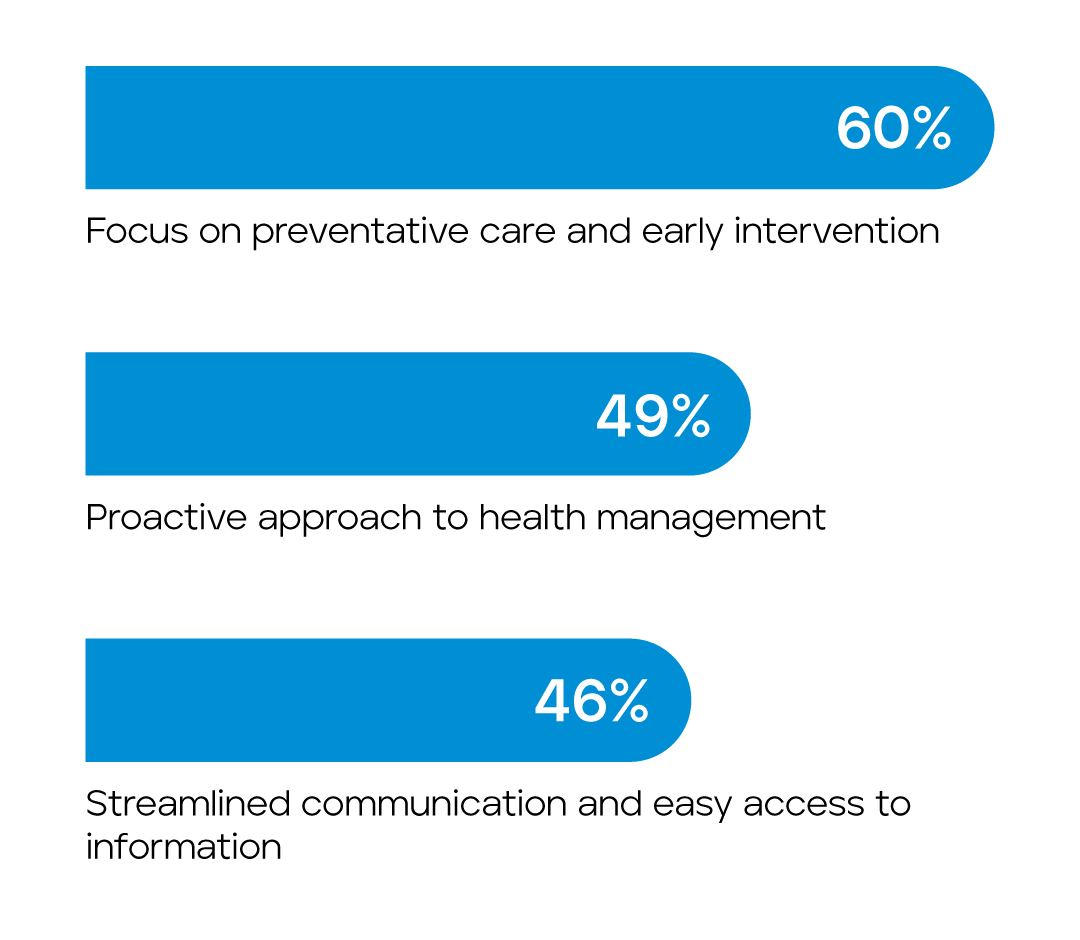In today’s competitive healthcare landscape, operational efficiency isn’t just a goal—it’s a necessity. Health plans are constantly seeking ways to streamline their processes, reduce overhead, and improve care delivery. Provider Data Management (PDM) for health plans is an often-overlooked solution that can improve efficiency and performance.
In a recent Becker’s Healthcare podcast, we explored how optimizing PDM can be a game-changer for health plans. With this blog, we dive deeper into addressing common challenges and highlighting how advanced PDM solutions, like those from HealthRules Payer, can revolutionize healthcare payer operations.
Benefits of leveraging Provider Data Management (PDM) For Health plans
Provider Data Management is the practice of collecting, validating, and maintaining accurate information about healthcare providers. This information can include demographics, specialties, locations, and network affiliations. Maintaining an accurate repository for provider data is crucial for several reasons:
- Improved Care Delivery: Offering updated provider data ensures that members can find the right care at the right time, leading to better health outcomes and greater trust.
- Operational Efficiency: Streamlined PDM processes reduce administrative burdens, allowing staff to focus on more strategic tasks.
- Compliance and Risk Management: Keeping provider data up-to-date helps in complying with regulatory requirements and mitigates risks associated with incorrect information.
Common Challenges in Provider Data Management
Health plans often face significant challenges in managing provider data. Outdated or inaccurate information can lead to claim denials, member dissatisfaction, and increased administrative costs. Common issues include:
- Internal Data Silos: Information is often stored in disparate systems, making it difficult to validate data and maintain a single source of truth.
- Reliance on Manual Processes: Many health plans still rely on manual data entry and updates, leading to errors and workflow inefficiencies.
- Lack of Real-Time Updates: Delays in updating provider information can result in outdated data being used for critical decisions.
5 Ways Health Plans Are Leveraging Advanced Provider Data Management Solutions
Advanced PDM solutions, like those offered by HealthEdge, can address these challenges head-on. These are five ways our current health plan customers are leveraging PDM at their organizations:
1. Ensuring Data Accuracy and Completeness
HealthEdge’s PDM system ensures no data loss by providing 100% coverage for provider demographics, customer-specific UDT, and benefit network data. It offers real-time provider API services for any missing, incomplete, or inaccurate provider cases. This ensures that health plans always have access to the most accurate and complete data.
2. Streamlining Processes to Increase Automation
The platform is configurable to align with the customer’s master data identification defined on HealthRules Payer. This streamlines data verification processes, increasing automation to reduce overheads and inefficiencies. By automating routine tasks like data verification, staff members can focus on more strategic activities and drive overall efficiency.
3. Enhancing Data Enrichment and Workflow
HealthEdge’s PDM solution provides data enrichment through validation checks and easy-to-use workflows. The platform leverages a centralized framework with more than 300 built-in quality checks and third-party validations (like NPPES) that address standardization and attestation. Its modern web application, with a native workflow module, allows customers to define, automate, and track changes—ensuring high data quality and consistency.
4. Facilitating Seamless Distribution and Integration
The PDM platform supports configurable data distribution and native Core Administrative Processing System (CAPS) integration. This includes a self-service module to set up, schedule, and deliver data extracts. Additionally, it supports real-time API, event-based distribution, and seamless integration with HealthRules Payer, allowing data to flow smoothly across systems.
5. Leveraging Modern SaaS Platform Features
HealthEdge’s PDM is a modern SaaS platform with web-based workflows. This cloud-native software offers high availability, unlimited scalability, seamless upgrades, and role-based access. It also features a customer-extendable data model, providing the flexibility to meet the unique needs of each health plan.
Key Differentiators of HealthEdge Provider Data Management for Health Plans
In a highly fragmented market, the HealthEdge PDM solution stands out in four key areas:
- Provider Master Identifier: Distinctly recognizes unique providers and organizations based on specific needs and business requirements.
- Data Mastering with Prebuilt Match and Merge Rules: Effectively handles and maintains data sourced from various channels, with users able to review and address conflicts.
- Low or No Code Framework: Generative AI-enabled framework allows users to easily set up and map source channels with minimal coding.
- Observability Dashboard: Provides insights into processing status, duration, and data quality from various source channels.
In an industry where efficiency and accuracy are paramount, optimizing Provider Data Management for health plans can be a significant driver of success. By leveraging advanced PDM solutions like those offered by HealthEdge, health plans can overcome common challenges, streamline operations, and ultimately deliver better care to their members.
Are you ready to transform your health plan’s workflows to improve efficiency and accuracy?
Read our case study, “HealthRules® Promote Empowers Medica Health Plan to Streamline Processes” to learn more.






